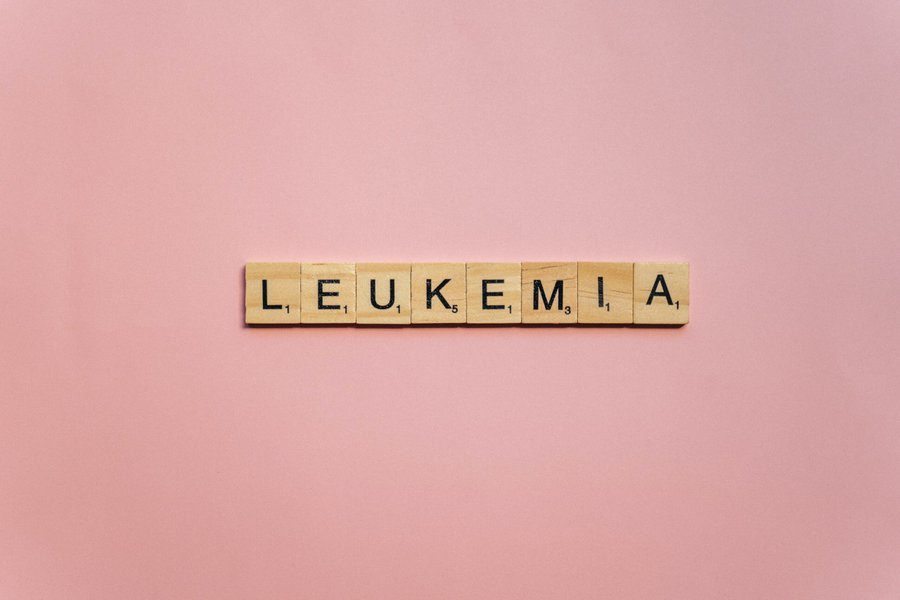Doctors classify leukaemia according to whether the type of white blood cell is involved — lymphocytes or myeloid cells — and whether the sickness progresses swiftly (acute disease) or slowly over time (chronic disease) (chronic disease).
T lymphocytes (T cells), B lymphocytes (B cells), and natural killer (NK) cells are the cells that give birth to lymphocytic leukaemias. Each of these cell types has a unique role in the immune system; some make antibodies, while others fight infections directly or indirectly through other immune cells.
Myeloid leukaemias arise from cells that produce granulocytes and monocytes, which are white blood cells. Granulocytes are named from the enzyme-rich granules that they contain inside them. When they come into contact with invading bacteria or fungus, they release these enzymes. Monocytes eventually develop into macrophages, which eat germs and fungus.
Image Credits: Pexels
Also check out: Leukaemia: Causes and Symptoms
The malignant cells (called blasts) in acute leukaemias, which grow quickly, are immature and unable to complete their immune system activities. Chronic leukaemias arise in more developed cells that can fulfil certain functions but not very effectively. These aberrant cells proliferate more slowly than acute leukaemia cells.
Acute myeloid leukaemia (AML) and chronic lymphocytic leukaemia (CLL) are the two most prevalent kinds of leukaemia in adults. Myeloproliferative neoplasms and systemic mastocytosis are two other blood malignancies that are connected.
- Hairy Cell Leukemia is a kind of leukaemia that affects the hair cells (HCL)
Hairy cell leukaemia (HCL) is an uncommon adult malignancy that is generally discovered via a blood count test.
- Acute Lymphocytic Leukemia (ALL) is a kind of leukaemia that affects the blood cells (ALL)
In adults, acute lymphocytic leukaemia (ALL) is an uncommon malignancy, but in children, it is the most frequent kind of leukaemia.
- Acute Myeloid Leukemia (AML) is a kind of leukaemia that affects (AML)
One of the most frequent leukaemias in adults is acute myeloid leukaemia (AML). Find out more about AML and how it’s detected.
- Acute Promyelocytic Leukemia (APML) is a kind of leukaemia that affects the white blood (APL)
Acute promyelocytic leukaemia (APL) is a kind of acute myeloid leukaemia that is particularly aggressive. Find out more about APL and how it’s detected.
- CLL (chronic lymphocytic leukaemia) is a kind of leukaemia that affects (CLL)
The most prevalent chronic leukaemia in adults is chronic lymphocytic leukaemia (CLL). CLL treatments are improving and evolving at a rapid pace. Learn about CLL therapies.
- Chronic Myeloid Leukemia (CML) is a kind of leukaemia that affect (CML)
Find out more about the significance of chromosomes in the development of chronic myeloid leukaemia (CML).
- Systemic Mastocytosis
Mastocytosis happens when too many mast cells build up in the body.
Also check out: Causes Of Leukemia and Prevention
The Four Main Forms of Leukemia Explained :
ALL advances quickly, replacing healthy cells that create functional lymphocytes with leukaemia cells that are unable to mature correctly. The leukaemia cells travel through the circulation to other organs and tissues, including the brain, liver, lymph nodes, and testes, where they continue to multiply and proliferate. The growth, division, and spread of these leukaemia cells can cause a variety of symptoms, some of which are similar to the flu. They include, among other things, weariness, shortness of breath, fever, and easy bruising or bleeding.
ALL is caused by abnormalities in DNA (mutations) that lead the bone marrow to create an excessive number of aberrant cells (a type of white blood cell).
Also check out: What is the difference between leukemia and lymphoma?
Lymphocytes are meant to help fight infections, but those generated in persons with ALL are incapable of doing so. These aberrant cells’ multiplication also pushes out other types of healthy blood cells.
Although the specific source of the mutations that lead to ALL is unknown, some variables may raise one’s risk. The following are some of the risk factors for ALL:
- Being a man, white, and over the age of 70
- Having been exposed to chemotherapy or radiation in the past.
- Blood tests and a bone marrow aspiration and biopsy, which involves taking a sample of bone marrow and a small piece of bone and analysing the cells under a microscope, can be used to diagnose ALL.
Some of the common treatment options for ALL include:
- Chemotherapy
- Radiation therapy
- Stem cell transplant
- Targeted therapy
Acute myeloid leukaemia (AML), also known as acute myelogenous leukaemia, acute myeloblastic leukaemia, acute granulocytic leukaemia, and acute nonlymphocytic leukaemia, is a kind of blood and bone marrow malignancy that grows quickly.
AML, like ALL, causes the bone marrow to create too many abnormal white blood cells, pushing out good blood cells and compromising the body’s capacity to fight infections.
The following are some of the risk factors for AML:
- Being a man who smokes
- Having received chemotherapy or been exposed to radiation in the past
Fever, tiredness, and night sweats are all symptoms that are similar to the flu. Other symptoms include easy bruising or bleeding, as well as a loss of weight. Testing such as blood tests, bone marrow aspiration, and biopsy may be used to diagnose this malignancy.
CLL (chronic lymphocytic leukaemia) is a malignancy that starts in lymphocytes in the bone marrow and spreads to the bloodstream. It has the potential to spread to lymph nodes as well as organs including the liver and spleen. CLL occurs when the body’s immune system becomes overwhelmed by aberrant lymphocytes, which push out regular blood cells and make it harder for the body to fight infection.
According to the American Cancer Society, CLL accounts for around 25% of all occurrences of leukaemia, and one in every 175 persons will get it throughout their lifetime (ACS). CLL is similar to ALL, but it is chronic rather than acute, which means it grows more slowly and takes longer to manifest symptoms.
When it does cause symptoms, these may include swelling in the lymph nodes (neck, underarm, stomach, or groin), fatigue, fever, infection, weight loss, and more. Various blood tests may be used to help diagnose CLL.
CLL may not need to be treated immediately but rather monitored for any problems and changes, at which point the need for treatment may be reassessed. Common treatment options include:
- Targeted therapy
- Chemotherapy
- Radiation therapy
- Immunotherapy
Chronic myeloid leukaemia (CML), also known as chronic myelogenous leukaemia, begins in the blood-forming cells of the bone marrow and then, over time, spreads to the blood. Eventually, the disease spreads to other areas of the body.
CML is slow-growing, but once it starts causing symptoms, these may include fatigue, fever, weight loss, and an enlarged spleen. Around half of CML, cases are diagnosed by a blood test before symptoms have begun. About 15 per cent of leukaemias are CML, according to the ACS.
Treatment options include:
- Targeted therapy
- Chemotherapy
- Immunotherapy
- Stem cell transplant




